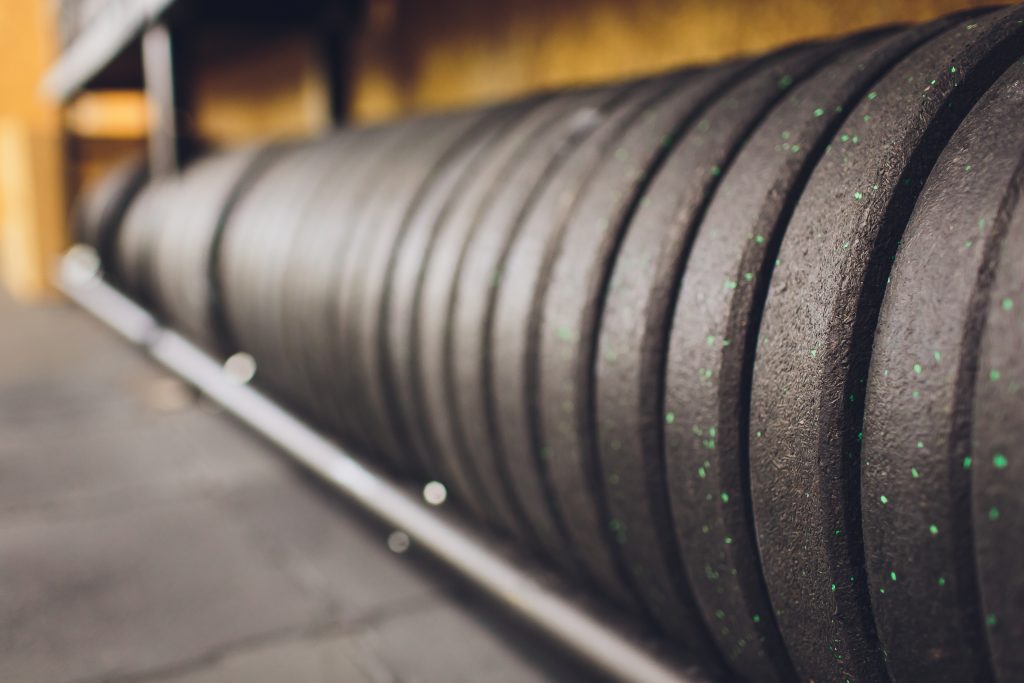“Home base” for most lifters can and should be the trap-bar deadlift.

There, I Said It. Come at Me, Internet Trolls
I remember a few years back when I was still coaching at Cressey Sports Performance another trainer who was there observing for the day walked up to make casual conversation and to ask a question he wanted my opinion on.
Him: “Hey Tony.”
Me: “Hey, what’s up?
Him: “Oh, not much. Say, I noticed pretty much everyone here only deadlifts using the trap bar.”
Me: “Indeed. We don’t feel the majority of people need to use the straight bar or anything. It’s a risk-reward scenario where we feel the risk isn’t worth any inherent (ego) reward.”
Him: “Huh, but don’t you feel you’re feeding dysfunction or that they’re cheating by using the trap bar only?”
Me:
I kept my cool.
And by that what I mean is that it took every ounce of willpower for my eyeballs not to roll out of their sockets.
Let me address each point separately.
“Do I feel I’m feeding dysfunction?”
Due to improved mechanics with regards to the center of mass (you’re inside the barbell) and axis of rotation (hips closer), the trap-bar deadlift is a safer, more user-friendly variation.
A deadlift is a deadlift is a deadlift.
So long as someone hinges at their hips, maintains a neutral spine, and then proceeds to lift something off the ground from a DEAD stop, I don’t care if it’s a barbell, a trap bar, or a Volkswagon.
My job as a coach is to do the best I can to “match” an exercise to the injury history, ability level, and goal(s) of the individual I’m working with.
Almost always the trap-bar is going to be the best option in terms of not only performance, but safety as well.
“Do you feel they’re cheating?”
Nope.
Unless you’re a competitive powerlifter or weightlifter, you don’t HAVE to use a straight bar. It’s not cheating.
Traditionalists can go fuck themselves.



